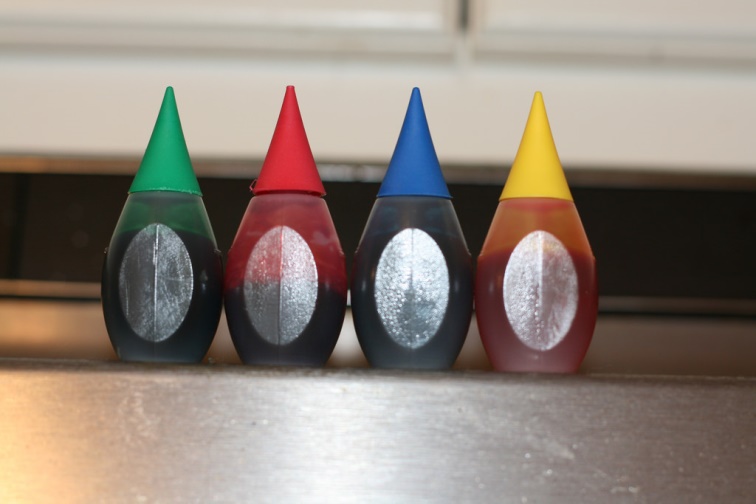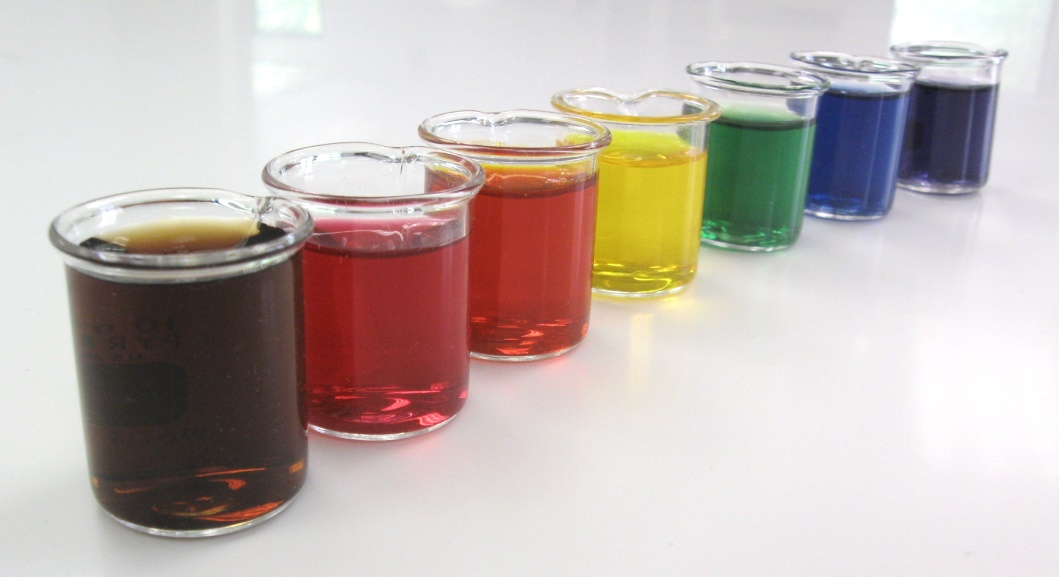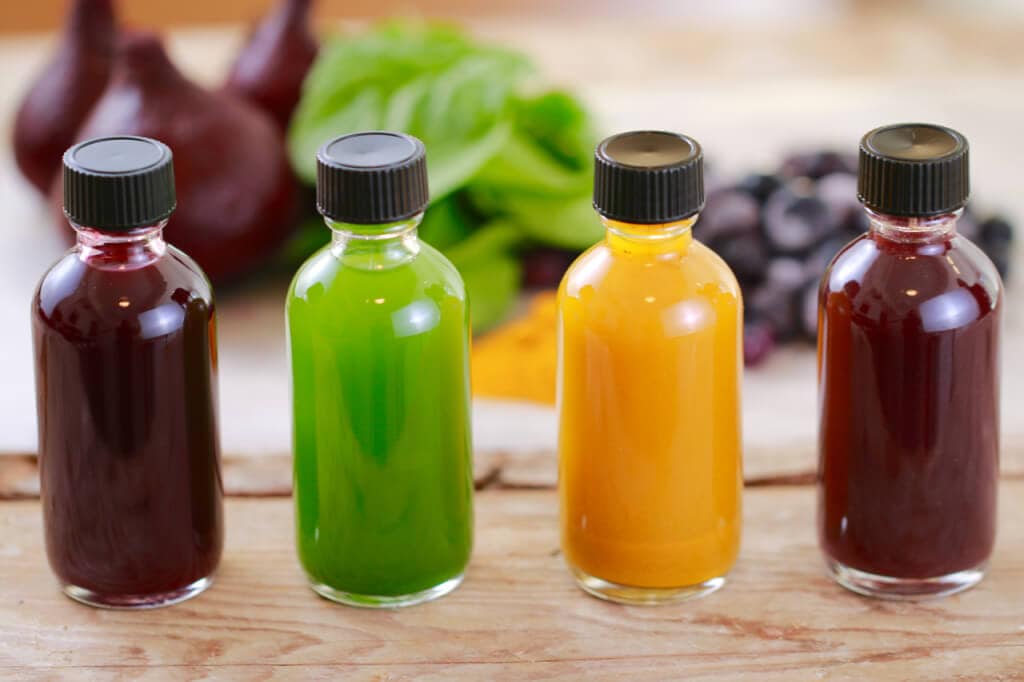Protecting Health with Beautiful Homemade Food Colorings
At the risk of being a wet blanket and sounding like a fanatic, I want to say a few words about food colorings. I’ve been concerned about this stuff for years, and just recently my instincts were confirmed.

Pediatric science now validates that those neon-colored baked goods from the local bakeshop and brightly colored processed grocery store foods ought to be avoided. After decades of research linking food colors and dyes to harmful health conditions in children, finally the American Academy of Pediatrics admits food colorings are not the harmless stuff most people considered them to be and are actually dangerous, especially to children.
Research shows food colorings are linked to a number of issues:
attention deficits
memory problems
hyperactivity
various cancers

Michelle Schoffro Cook, researcher/writer for the highly informative site, www.care2.com, explains that there are currently 9 artificial food colors approved for use in the United States, including: Blue 1, Blue 2, Green 3, Yellow 5, Yellow 6, Red 3, Red 40, Citrus Red 2 and Orange B.
Their use has increased 500% between 1950 and 2012 and are often used in baked goods and candy that is marketed to children—the people who are most at risk of suffering from their health effects.
Blue dye 1 has been shown to cross the blood-brain barrier—a protective mechanism in the body to protect the brain from harmful chemicals. When toxic chemicals gain access to the brain they cause inflammation or act as excito-toxins—chemicals that literally excite brain cells to death.

Photo courtesy of Skoot13
Over 93 percent of the chemicals used in food colorings have never been tested for their potential dangers to humans. Instead, the government has used a system whereby chemicals are classified as GRAS, or Generally Recognized As Safe, when indeed few of the chemicals added to foods have ever even been explored for their safety. Scary!
In fact, it’s not just scary, it’s simply unacceptable. It’s time the current government take action against the chemicals allowed in foods, particularly to those prepared foods that are mainly targeting children. But until they do take action, let’s take action in our own kitchens and turn out healthier but still festive and fun baked goods!

The wonderful news is, there are natural ways to color our frostings and batters. Gemma, professional chef and creator of the helpful and beautiful site, Bigger Bolder Baking (www.biggerbolderbaking.com), tells us how.
She says, “Beets give you an amazing deep red, almost pink color. It looks beautiful and you don’t get the beet taste… use spinach to get green food coloring (however, you can use any leafy green that has a rich color)...Turmeric is a great option to make yellow food coloring…and blueberries work wonderfully well for making purple food coloring.”
I’ll finish with Gemma’s recipes for these four natural colorings. While it’s a little work, the time this takes is well worth the health protection we’re adding to those cakes, cookies, etc. that we love to eat and bake!
PINK FOOD COLORING
1/4 cup cooked beets (canned or fresh)
½ cup beet juice (from can or cooking liquid)
YELLOW FOOD COLORING
½ cup water
1 teaspoon ground turmeric
PURPLE FOOD COLORING
½ cup blueberries, fresh or frozen (if frozen and thawed)
⅓ cup water
GREEN FOOD COLORING
1 cup spinach, fresh or frozen (if frozen, thaw and drain)
½ cup water
PINK
In a blender or food processor, blend the beets and juice together until smooth. Pass through a sieve to remove the beets and save the beet liquid which is your food coloring.
Store in an airtight container for up to 6 weeks in the refrigerator.
YELLOW
In a small saucepan, simmer the water and turmeric for 2 to 3 minutes. Allow to fully cool.
Store in an airtight container for up to 6 weeks in the refrigerator. Turmeric can stain, so use a container you don’t mind turning yellow.
PURPLE
In a blender or food processor, blend the blueberries and water together until smooth. I like to use frozen berries because they have better color when defrosted. Pass through a sieve to remove the skins and pulp from the mix so you are just left with the purple liquid.
Store in an airtight container for up to 6 weeks in the refrigerator.
GREEN
If using fresh spinach, in a small saucepan, simmer the spinach and water for 2-3 minutes. Don’t cover the spinach as it will dull the green color. If using frozen and thawed spinach skip this step.
In a blender or food processor, blend the spinach and water together until completely smooth. Pass through a sieve to remove the leaves.
Store your green coloring in an airtight container for up to 6 weeks in the refrigerator.
Add your Homemade All Natural Food Coloring to icings, frostings or batter.
- www.care2.com
- www.flickr.com
- www.commons.wikimedia.org
- www.biggerbolderbaking.com
 Alice Osborne
Alice Osborne
Weekly Newsletter Contributor since 2006
Email the author! alice@dvo.com
